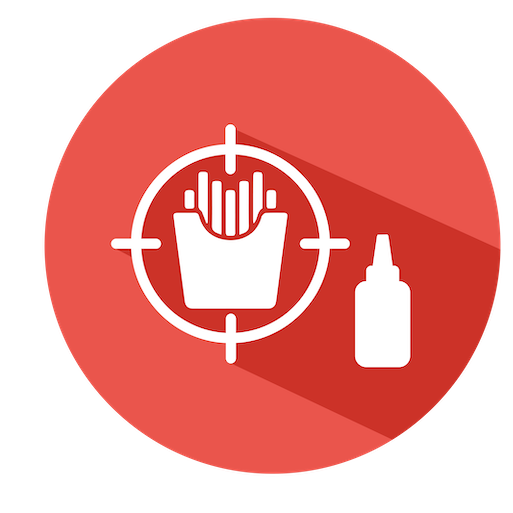Imagine that you are a retail store manager who has an oversupply of hot dogs. To boost sales, you decide to create an 'outdoor barbeque' display by placing a variety of complements (e.g. condiments, buns, napkins, plastic forks, and beer) on top of the case containing the hot dogs.
Would such a strategy be successful at attracting shoppers to view the hot dogs? If so, how should you design the display of complements to maximize shopper attention?
Posted in Archive, Conversion
published on Friday, 07 May 2021
How do you judge a person's status? Do you look at his or her clothes? Or their possessions?
According to the Shape-SES theory, most people tend to infer a person's socioeconomic status from his or her body shape. And this turns out to be the case for products and their shapes as well!
So, what kind of package shape do you think of as luxurious? Or what would you describe as a high-status product?
A recently published paper suggests that packaging shape affects how we categorize products and judge brands' status.
Do you want to learn more about how product packaging is used to position a brand in the consumer's mind? Continue reading!
Posted in Archive, Strategy
published on Wednesday, 28 October 2020
Did you know consumers spend $5.400 per year on average on impulse purchases of food, clothing, household items, and shoes?
That shouldn’t be quite a surprise. In one way or another, everyone has experienced a sudden, often powerful, and persistent urge to buy something immediately. In most cases, this regards something we hadn’t planned for.
It could be that one time you visited your local grocery store and realized there had been a huge discount on your favorite Italian rice. Or that time you walked into a high-end jewelry shop and suddenly purchased that sparkling golden Swedish watch on the shelf, regardless of the financial risks involved.
Now that was our impulse buying urge in full effect.
So how can we trigger these inherent impulse buying desires that consumers already have to stimulate impulse purchases?
Posted in Research, Archive
published on Wednesday, 08 July 2020
The rise of social media has made watching television more fun and interactive. We get regular status updates from our friends who are commenting and sharing the latest trends and their opinions on current TV shows (not to forget about the endless amount of hashtags and tweets giving us live updates on current developments as the show proceeds).
On top of this, it seems as if the sudden rise of niche influencers has radically increased the volume of online chatter. These recent developments seem to have kickstarted a new multi-screen phenomenon, otherwise known as “social TV”, which is the joint viewing of TV shows alongside the consumption of program-related social media chatter.
This rapid growth of social TV has raised numerous questions for today’s advertisers: How can shows with a high volume of social TV activity, so called “social shows,” benefit today’s advertisers in this age of a multitasking TV audience?
Posted in Archive, Advertising
published on Friday, 08 May 2020





